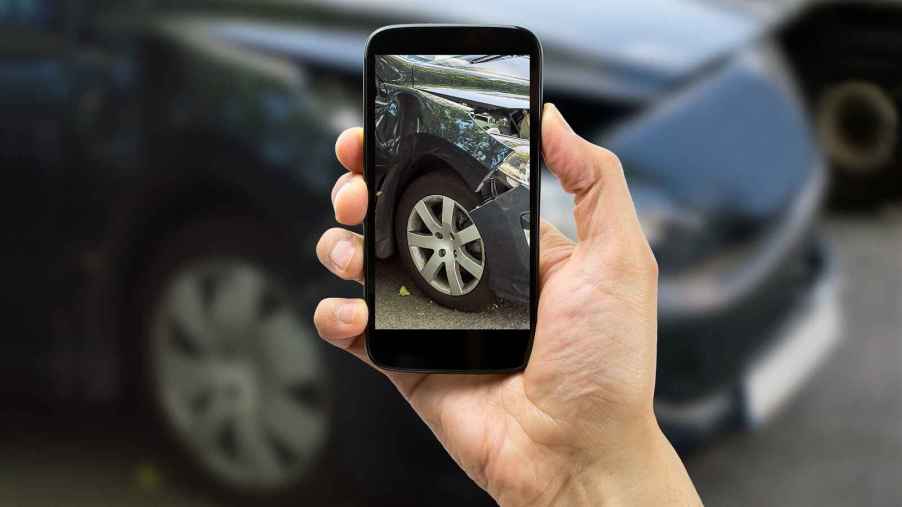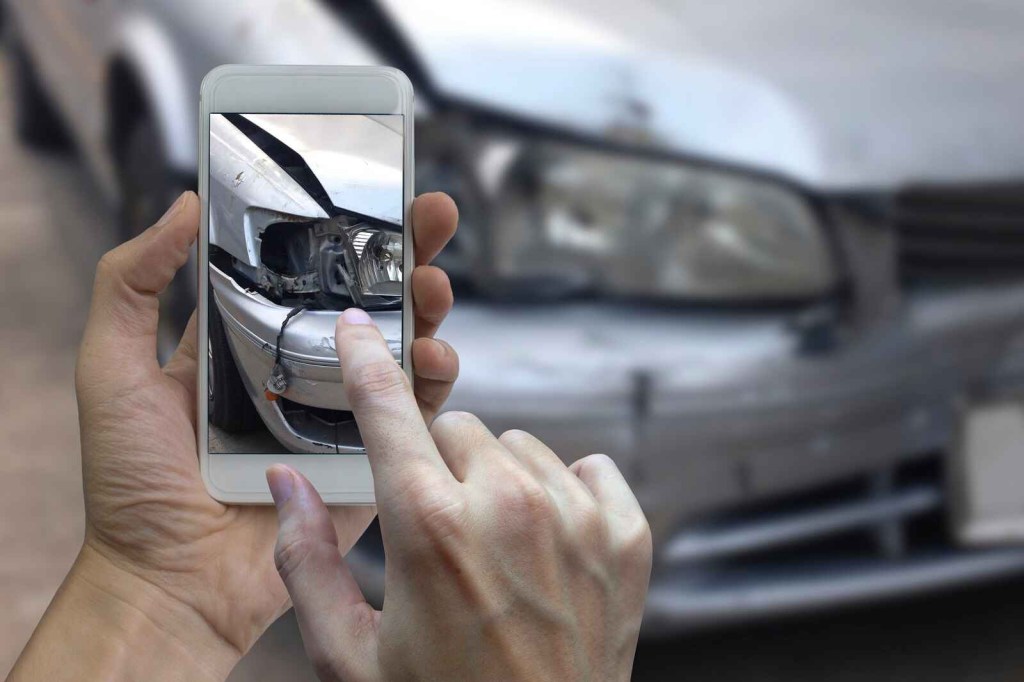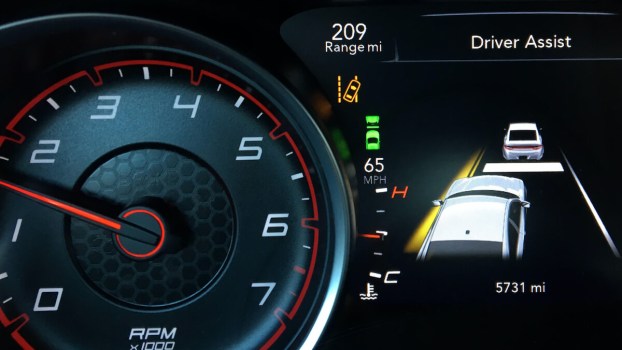
Task Force Finds Unsettling Number of Cars Getting Repaired and Put Back on the Road Should Have Been Totaled
A Collision Industry Conference (CIC) committee met last month and reviewed its recent eye-opening findings. The task force had pulled 26 cases of improper car accident repair citings and their associated post-repair inspections. The results were startling: 90% of the collision repair cases received a “totaled” status after initial repairs were completed. Half of the total losses had untreated frame damage. In all cases, the vehicles had been returned to owners to carry on driving.
The panel, named the CIC Insurer-Repairer Relations Task Force, is tasked with studying and smoothing the connection between car insurance companies, repairers, and consumers. The group studied cases where the owner of a repaired vehicle was bothered by something post-repair. In turn, the consumer visited another shop to have the car inspected.
In many cases, the consumer felt the paint job didn’t look quite right. However, a full-blown inspection would reveal that repairers missed enough damage to have totaled the car.

Examples included popular makes and models, like a 2018 Honda CR-V. The initial repair estimate was $4,000, while the post-repair inspection exposed $14,000 in unaddressed damages.
“In most cases that we studied, the people had lost confidence in that first repair,” said Ron Reichen, Precision Body and Paint owner. “We looked at 26 of these vehicles. That is just a fraction of those vehicles that are still out there on the streets. It should be terrifying because those vehicles are coming at us, and they’re coming at our families.”
The report insinuates that if the consumer hadn’t gotten a second opinion, these cars would have continued operating with unaddressed damage. Moreover, this stat could be converted to the general population of wrecked-and-repaired cars released to owners who never complain or seek a second opinion.
To me, this is a direct reflection of the widening skills and workforce gaps in the automotive industry. The committee nailed the solution: to encourage repairer training, recruiting, and retention, to increase quality standards, and to instill a deep understanding of service values.
In the meantime, if you have a damaged car, feel free to get a second opinion before and after collision repairs to ensure all damage is safely and correctly remedied. Collect plenty of photos of the damage before or even during repair.
Source: Repairer Driven News





